Install Steam
login
|
language
简体中文 (Simplified Chinese)
繁體中文 (Traditional Chinese)
日本語 (Japanese)
한국어 (Korean)
ไทย (Thai)
Български (Bulgarian)
Čeština (Czech)
Dansk (Danish)
Deutsch (German)
Español - España (Spanish - Spain)
Español - Latinoamérica (Spanish - Latin America)
Ελληνικά (Greek)
Français (French)
Italiano (Italian)
Bahasa Indonesia (Indonesian)
Magyar (Hungarian)
Nederlands (Dutch)
Norsk (Norwegian)
Polski (Polish)
Português (Portuguese - Portugal)
Português - Brasil (Portuguese - Brazil)
Română (Romanian)
Русский (Russian)
Suomi (Finnish)
Svenska (Swedish)
Türkçe (Turkish)
Tiếng Việt (Vietnamese)
Українська (Ukrainian)
Report a translation problem


 Elmont, New York, United States
Elmont, New York, United States 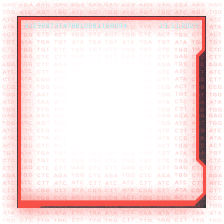




















































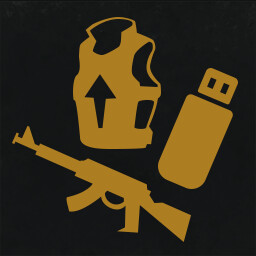






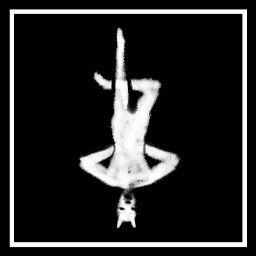



















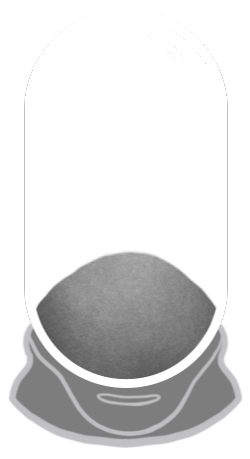

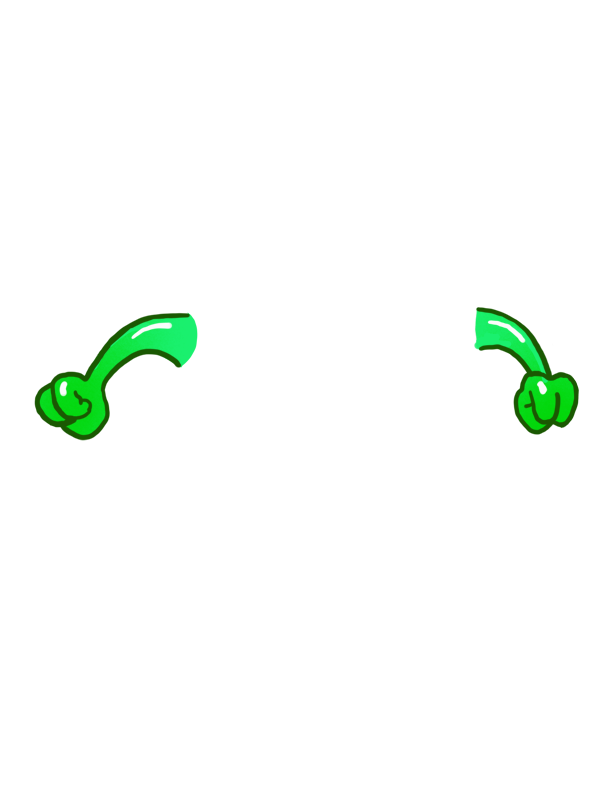























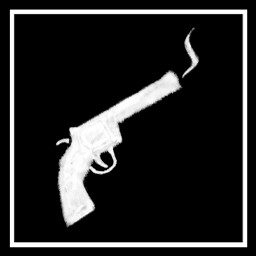





 883 ratings
883 ratings 










 81 ratings
81 ratings 




⠀⠀⠀⠀⠀⠀⣠⣴⣾⣿⣿⣿⣿⣿⣿⣿⣿⣿⣿⣿⣿⣶⣄⡀⠀⠀⠀⠀⠀ ⠀⠀⠀⣠⣴⣴⣿⣿⣿⣿⣿⣿⣿⣿⣿⣿⣿⣿⣿⣿⣿⣿⣿⣮⣵⣄⠀⠀⠀ ⠀⠀⢾⣻⣿⢿⣿⣿⣿⣿⣿⣿⣿⣿⣿⣿⣿⣿⣿⣿⣿⣿⣿⣿⢿⣿⣿⡀⠀ ⠀⠸⣽⣻⠃⣿⡿⠋⣉⠛⣿⣿⣿⣿⣿⣿⣿⣿⣏⡟⠉⡉⢻⣿⡌⣿⣳⡥⠀ ⠀⢜⣳⡟⢸⣿⣷⣄⣠⣴⣿⣿⣿⣿⣿⣿⣿⣿⣿⣧⣤⣠⣼⣿⣇⢸⢧⢣⠀ ⠀⠨⢳⠇⣸⣿⣿⢿⣿⣿⣿⣿⡿⠿⠿⠿⢿⣿⣿⣿⣿⣿⣿⣿⣿⠀⡟⢆⠀ ⠀⠀⠈⠀⣾⣿⣿⣼⣿⣿⣿⣿⡀⠀⠀⠀⠀⣿⣿⣿⣿⣿⣽⣿⣿⠐⠈⠀⠀ ⠀⢀⣀⣼⣷⣭⣛⣯⡝⠿⢿⣛⣋⣤⣤⣀⣉⣛⣻⡿⢟⣵⣟⣯⣶⣿⣄⡀⠀ ⣴⣿⣿⣿⣿⣿⣿⣿⣿⣿⣷⣶⣶⣶⣾⣶⣶⣴⣾⣿⣿⣿⣿⣿⣿⢿⣿⣿⣧ ⣿⣿⣿⠿⢿⣿⣿⣿⣿⣿⣿⣿⣿⣿⣿⣿⣿⣿⣿⣿⣿⣿⣿⣿⣿⠿⠿⣿⡿
⠀⠀⠀⠀⣿⣿⣿⣿⣿⣿⣿⣿⣿⣿⣿⣟⣛⣻⣿⣿⣟⣿⣿⣿⣷⠀⠀⠀
⠀⠀⠀⠀⣿⣿⣿⣿⣿⣿⣿⣿⣿⣫⣽⣾⣻⣾⣿⣿⣿⣿⡿⣿⣿⠀⠀⠀
⠀⠀⠀⢰⣿⣿⣻⣿⣿⣿⣿⣿⣿⣿⣿⣿⣿⠻⡿⠿⠟⠛⣟⣿⣽⠀⠀⠀
⠀⠀⠀⠸⣿⣿⣿⣷⣿⣿⣿⣿⡿⠍⠈⠀⠁⣴⡆⠀⠀⠠⢭⣮⣿⡶⠀⠀
⠀⡴⠲⣦⢽⣿⣿⣿⣿⣿⣟⣩⣨⣀⡄⣐⣾⣿⣿⣇⠠⣷⣶⣿⣿⠀
⠀⠃⢀⡄⠀⢻⣿⣿⣿⣿⣽⢿⣿⣯⣾⣿⣿⣿⣿⣿⢿⣿⣿⡟⣿⠀⠀⠀
⠀⠀⠣⠧⠀⢿⣿⣿⣿⣿⣿⣿⣿⣿⠟⢸⣿⠿⠿⠿⣧⠙⣿⣿⡿⠀⠀⠀
⠀⠀⠀⠁⠼⣒⡿⣿⣿⣿⣿⣿⣿⣿⣠⣬⠀⠀⠀⠀⣾⣷⡈⣿⡇⠀⠀⠀
⠀⠀⠀⠀⠀⠉⢳⣿⣿⣿⣿⣿⣿⣿⢟⠗⠼⠖⠒⠔⠉⠉⠻⣿⠇⠀⠀⠀
⠀⠀⠀⠀⠀⠀⠈⣻⡿⣿⣿⣿⣿⡿⡀⣤⡄⠸⣰⣾⡒⣷⣴⣿⠀⠀⠀⠀
⠀⠀⠀⠀⠀⠀ ⢸⡗⡄⠘⠭⣭⣷⣿⣮⣠⣌⣫⣿⣷⣿⣿⠃⠀⠀
⠀⠀⢀⢀⢄⢬⢪⡪⡎⣆⡈⠚⠜⠕⠇⠗⠝⢕⢯⢫⣞⣯⣿⣻⡽⣏⢗⣗⠏⠀
⠀⠪⡪⡪⣪⢪⢺⢸⢢⢓⢆⢤⢀⠀⠀⠀⠀⠈⢊⢞⡾⣿⡯⣏⢮⠷⠁⠀⠀
⠀⠀⠀⠈⠊⠆⡃⠕⢕⢇⢇⢇⢇⢇⢏⢎⢎⢆⢄⠀⢑⣽⣿⢝⠲⠉⠀⠀⠀⠀
⠀⠀⠀⠀⠀⡿⠂⠠⠀⡇⢇⠕⢈⣀⠀⠁⠡⠣⡣⡫⣂⣿⠯⢪⠰⠂⠀⠀⠀⠀
⠀⠀⠀⠀⡦⡙⡂⢀⢤⢣⠣⡈⣾⡃⠠⠄⠀⡄⢱⣌⣶⢏⢊⠂⠀⠀⠀⠀⠀⠀
⠀⠀⠀⠀⢝⡲⣜⡮⡏⢎⢌⢂⠙⠢⠐⢀⢘⢵⣽⣿⡿⠁⠁⠀⠀⠀⠀⠀⠀⠀
⠀⠀⠀⠀⣼⣳⣫⣾⣵⣗⡵⡱⡡⢣⢑⢕⢜⢕⡝⠀⠀⠀⠀⠀⠀⠀⠀⠀⠀⠀
⠀⠀⠀⣴⣿⣾⣿⣿⣿⡿⡽⡑⢌⠪⡢⡣⣣⡟⠀⠀⠀⠀⠀⠀⠀⠀⠀⠀⠀⠀
⠀⠀⠀⡟⡾⣿⢿⢿⢵⣽⣾⣼⣘⢸⢸⣞⡟⠀⠀⠀⠀⠀⠀⠀⠀⠀⠀⠀⠀⠀
⠀⠀⠀⠀⠁⠇⠡⠩⡫⢿⣝⡻⡮⣒⢽⠋⠀⠀⠀
⢸⠀⠀⠀⠀⠀⠀⠀⠀⠀⠀⠀⠀⠀⠀⠢⣀⠀⠀
⢸⠀⠀⠀⠀⠀⠀⠀⠀⠀⠀⠀⠀⠀⠀⠀⠀⡇ Are you winning bro?
⢸⠀⠀⠀⠀ ⠖⠒⠒⠒⢤⠀⠀⠀⠀⠀⡇⠀⠀
⢸⠀⠀⣀⢤⣼⣀⡠⠤⠤⠼⠤⡄⠀⠀⡇⠀
⢸⠀⠀⠑⡤⠤⡒⠒⠒⡊⠙⡏⠀⢀⠀⡇⠀
⢸⠀⠀⠀⠇⠀⣀⣀⣀⣀⢀⠧⠟⠁⠀⡇
⢸⠀⠀⠀⠸⣀⠀⠀⠈⢉⠟⠓⠀⠀⠀⠀
⢸⠀⠀⠀⠀⠈⢱⡖⠋⠁⠀⠀⠀⠀⠀⠀⡇
⢸⠀⠀⠀⠀⣠⢺⠧⢄⣀⠀⠀⣀⣀⠀⠀⡇
⢸⠀⠀⠀⣠⠃⢸⠀⠀⠈⠉⡽⠿⠯⡆
⢸⠀⠀⣰⠁⠀⢸⠀⠀⠀⠀⠉⠉⠉⠀⠀⡇
⢸⠀⠀⠣⠀⠀⢸⢄⠀⠀⠀⠀⠀⠀⠀⠀⠀⡇⠀
⢸⠀⠀⠀⠀⠀⢸⠀⢇⠀⠀⠀⠀⠀⠀⠀⠀⡇⠀
───────────────⚪──────────────────────
◄◄⠀▐▐ ⠀►►⠀⠀ ⠀ 𝟸:𝟷𝟾 / 𝟷𝟹:𝟻𝟼 ⠀ ───○ 🔊⠀ ᴴᴰ ⚙️ ❐ ⊏⊐